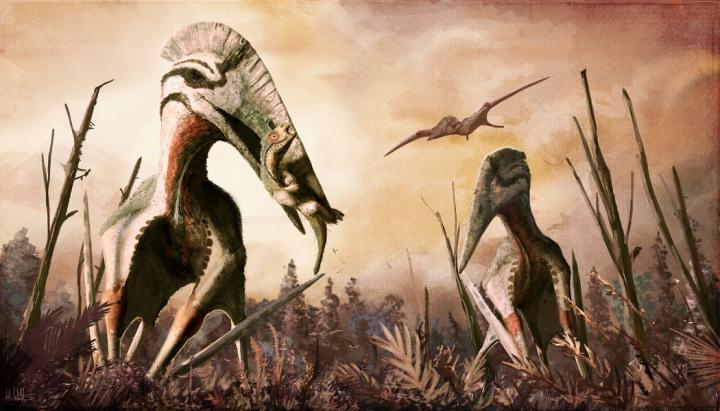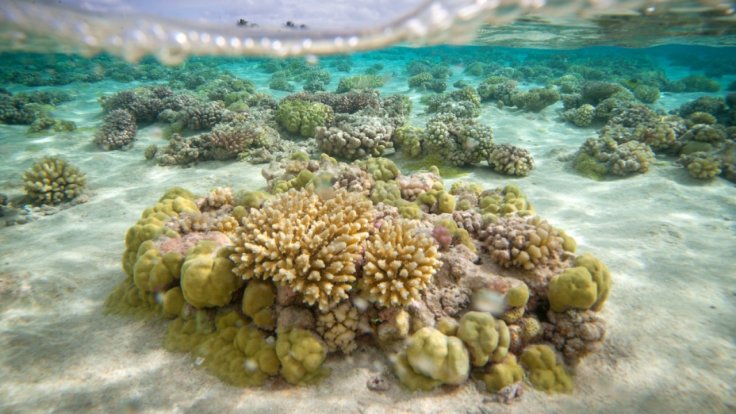As earth's day and nights are determined by its rotation, scientists found that the blue planet turned faster when dinosaurs were around than it does today. The rotation of earth was 372 times a year 70 million years ago compared to 365 times today, said a new study of fossil mollusk shells from the late Cretaceous period.
It means a day lasted only 23 and a half hours, not current 24 hours. The new measurement may also help study models of how the Moon formed and how close was it to Earth over the 4.5-billion-year history of the Earth-Moon gravitational dance.
The study, published in AGU's journal Paleoceanography and Paleoclimatology, revealed that the ancient mollusk, from an extinct and wildly diverse group known as rudist clams, grew fast, laying down daily growth rings. Using lasers to sample minute slices of shell to count the growth rings more accurately than human researchers with microscopes, researchers were able to determine the number of days in a year and more accurately calculate the length of a day 70 million years ago.
The new study also found corroborating evidence that the mollusks harbored photosynthetic symbionts, which might have fueled reef-building on the scale of modern-day corals. The data obtained in the new study revealed unprecedented detail about how the animal lived under the water conditions, down to a fraction of a day.

"We have about four to five datapoints per day, and this is something that you almost never get in geological history. We can basically look at a day 70 million years ago. It's pretty amazing," said Niels de Winter, a geochemist at Vrije Universiteit Brussel, the lead author.
The chemical analysis of the shell revealed ocean temperatures were warmer in the Late Cretaceous than before reaching 40 degrees Celsius (104 degrees Fahrenheit) in summer and exceeding 30 degrees Celsius (86 degrees Fahrenheit) in winter. The summer temperatures affected the mollusks as reflected in the rings, de Winter said.
Ancient reef-builders
The new study analyzed a single individual that lived for over nine years in a shallow seabed in the tropics, which is currently a dry land in the mountains of Oman. The ancient mollusks had two shells and grew in dense reefs, like modern oysters and they thrived in water several degrees warmer worldwide than modern oceans.

They disappeared in the same event that killed the non-avian dinosaurs 66 million years ago, said researchers. "In the late Cretaceous especially, worldwide most of the reef builders are these bivalves. So they really took on the ecosystem building role that the corals have nowadays," de Winter said.
The composition of the shell changed more over the course of a day than over seasons and the fine-scale resolution of the daily layers shows the shell grew much faster during the day than at night, revealing the day-night rhythm.









